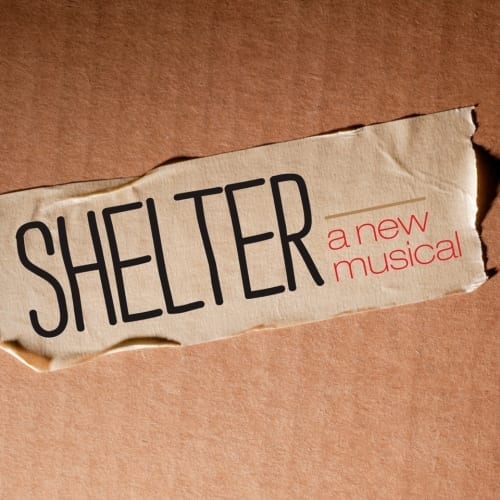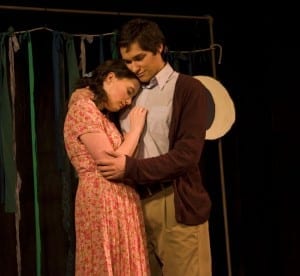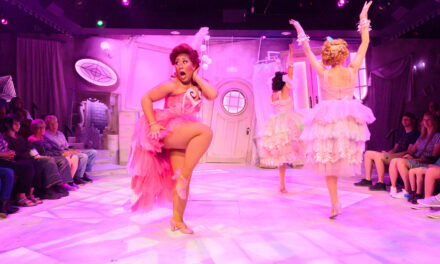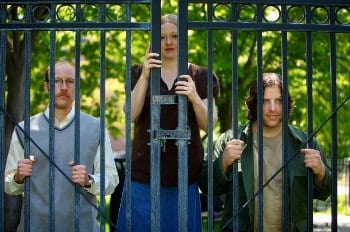MURRAY — “You’re not the only one who’s been living in silence,” sings women’s shelter counselor Jeanine Sayer in the original musical Shelter. Shelter is a story not often told, its voices mostly unheard or ignored—that of a homeless woman. The show opens on the Lighthouse, a shelter for women, and new shelter staff member Jeanine Sayer’s first day. She meets a group of colorful, destitute women and finds herself forever changed.
The production Utah audiences saw on July 19 was more of an unpolished preview, as the final production will mount at the New York Musical Theater Festival this week, so the show was ripe with technical problems. The audience was given a good idea of what the final product would look like, but things like the lighting and rehearsal tracks will be replaced by a developed design and a live orchestra in New York. However, Al Saunder’s scenic design—sparse as it was—functioned well beside the story. The most striking scenic element was four panels, created to look like stylized fence, barbed wire, or jail bars. The panels were repositioned throughout the show to mimic different settings that for the most part very clearly communicated. Many scene transitions and musical numbers featured stylized movement using the panels, sometimes creating profound stage pictures. Some transitions, though, were slow and unstylized; the contrast made them that much more awkward and amateur. I wondered many times during the show if a more intimate space would better serve the show and help increase the poignancy, but director Brighton Sloan made great use of what she had. The story was well communicated, regardless of hiccups.
I was impressed that a Utah playwright would undertake a topic like this. I’d love to hear her inspiration. Brittany Bullen wrote the book and lyrics with Newell Bullen as composer. The plot began slow, but began to develop around the song “Noah’s Prayer.” I wonder if this is because that was the first generally relatable moment—a small child’s tantrum; calming him down. Mostly the show felt really long, unfortunately. There were so many stories competing for attention that Jeanine’s, who I assume was meant to be the focus, was lost for quite a bit of the show. Some really minor characters, like Natalie and Gloria, were given profound, belty ballads that didn’t make sense with the arc of the show. The final numbers brought the focus back to the main characters, though, and the show ended on a strong note. (Both literally and figuratively.)
The cast had real strength in vocal range, characterization, and passion. Latoya Rhodes as Jeanine and Adam Dietlein as Joshua played lovable shelter workers, both stellar actors with gorgeous voices. Their love story, though, seemed rather misplaced many times, as if its only purpose in the plot was because a love story is expected in a musical. As adorable and funny as it was, many times the love story belittled or stole focus from the show’s purpose—to share the stories of homeless women.
When the play wasn’t focusing on Jeanine’s story, it was an ensemble piece about the lives of women in a homeless shelter. While each woman’s character was extremely contrasting and memorable, standouts for me were Rebecca Joy Raboy as Brooklyn, Lena Candia as Maya, Ariana Escalante as Molly, and Jenessa Bowen as Ruby. Bowen’s character in particular went through a wonderful transformation—from hardened, resistant, and hopeless to compassionate and vulnerable. I loved her expository number, “Some of Us,” where she introduced us to her equally rough shelter-mates.
From all of us at the UTBA, we wish the cast and crew of Shelter best of luck at NYMF!







